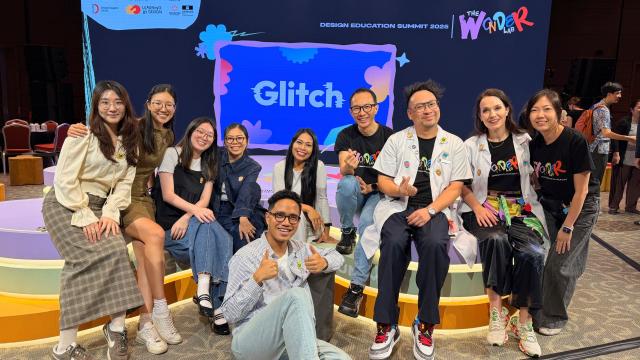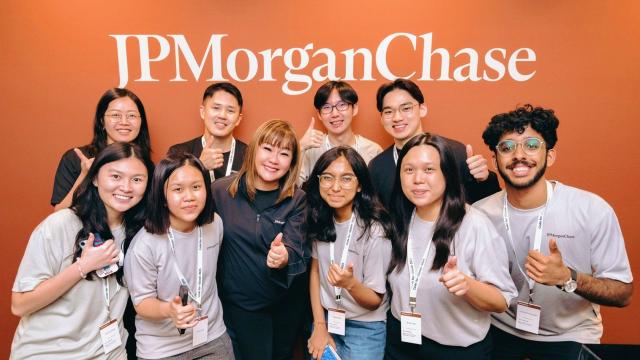Aerospace Engineering student Na’imullah Bin Muhammad Jufri shares how his time at NEO Aeronautics empowered him to learn beyond the classroom.
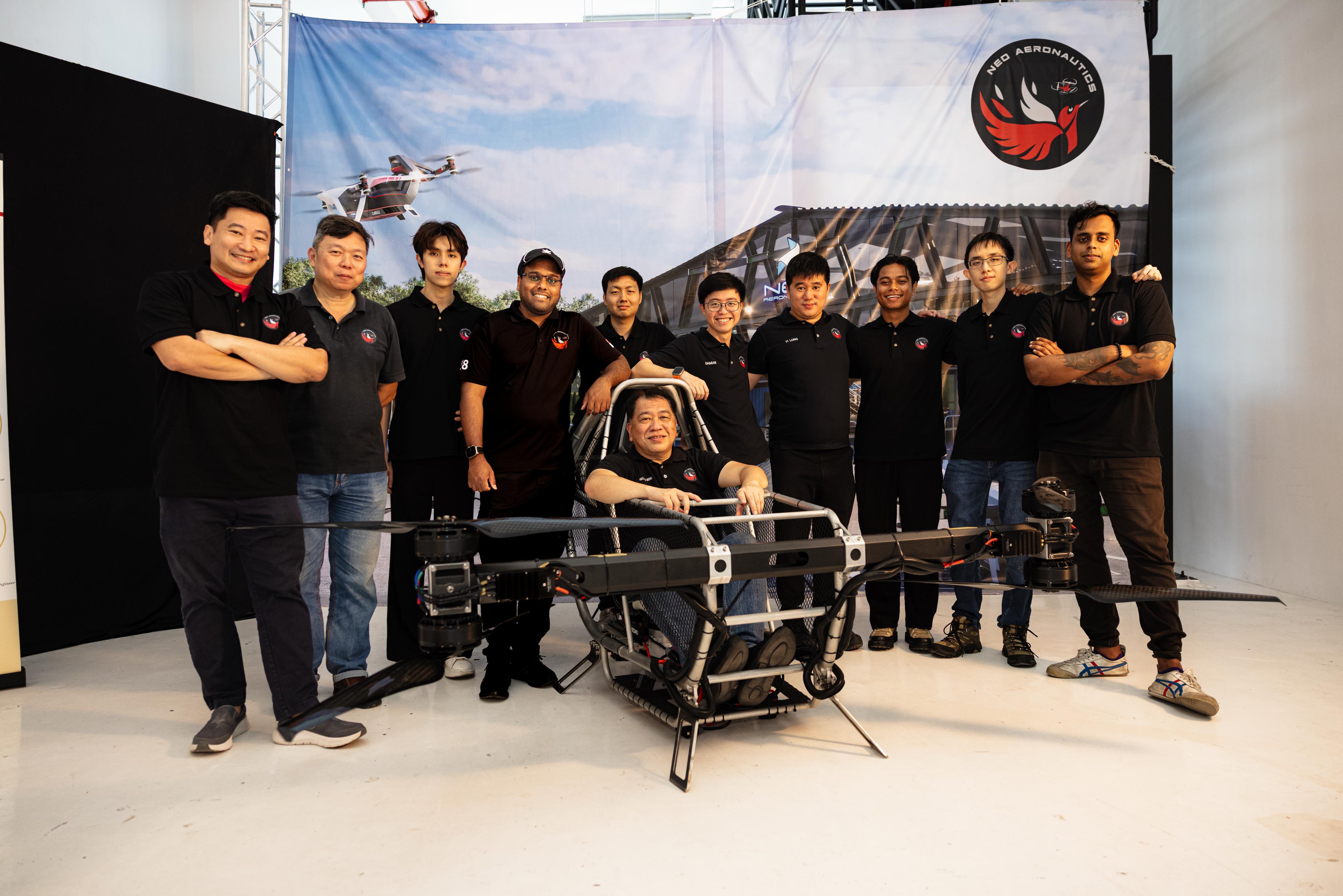
Dr Neo Kok Beng, founder and CEO of NEO Aeronautics, sits in the Crimson S8; Damian Cheng, Engineering Lead, NEO Aeronautics (5th from right); Na’imullah Bin Muhammad Jufri, Engineering Intern, NEO Aeronautics (3rd from right), with the rest of the team at NEO Aeronautics. (Photo: NEO Aeronautics)
Can you imagine a future where flying cars are part of daily life? More importantly, how would the average person, with no aviation background, pilot one?
That’s the question Na’imullah Bin Muhammad Jufri, 26, a Year 2 Aerospace Engineering student at the Singapore Institute of Technology (SIT), grapples with as he designs the control interface of Singapore’s first Personal Aerial Vehicle (PAV), or “flying car”.
His challenge? Making flight feel intuitive and safe, even for someone who’s never flown before. “Our goal for the flying car is for everyone to fly,” said Na’imullah.
This mission to simplify flight for the everyday user is central to his day-to-day responsibilities at his work attachment at local start-up NEO Aeronautics under SIT’s Integrated Work Study Programme (IWSP). Students spend eight to 12 months working full-time in industry during their IWSP, allowing them to apply classroom knowledge to real-world problems and see a project through from start to finish. At NEO Aeronautics, Na’imullah is working on the Crimson S8, an electric vertical take-off and landing (eVTOL) vehicle.
As NEO Aeronautics explores a range of uses for such aerial vehicles, from firefighting and logistics to maritime, Na’imullah is right in the thick of the action, applying what he has learnt in school to real-world challenges.
Designing for the Sky
As part of the User Interface/User Experience (UI/UX) Modelling team, Na’imullah is responsible for personalising user experience while ensuring engineers can painlessly troubleshoot the system at the backend.
“I try to make the design as easy as possible, not just for the pilots and the users, but also easy in terms of maintenance and servicing,” he explained. As a Drone Engineer intern, he took the initiative to deepen his skill set by learning UI/UX design through online tutorials and self-directed exploration, so he could contribute more meaningfully to the project.
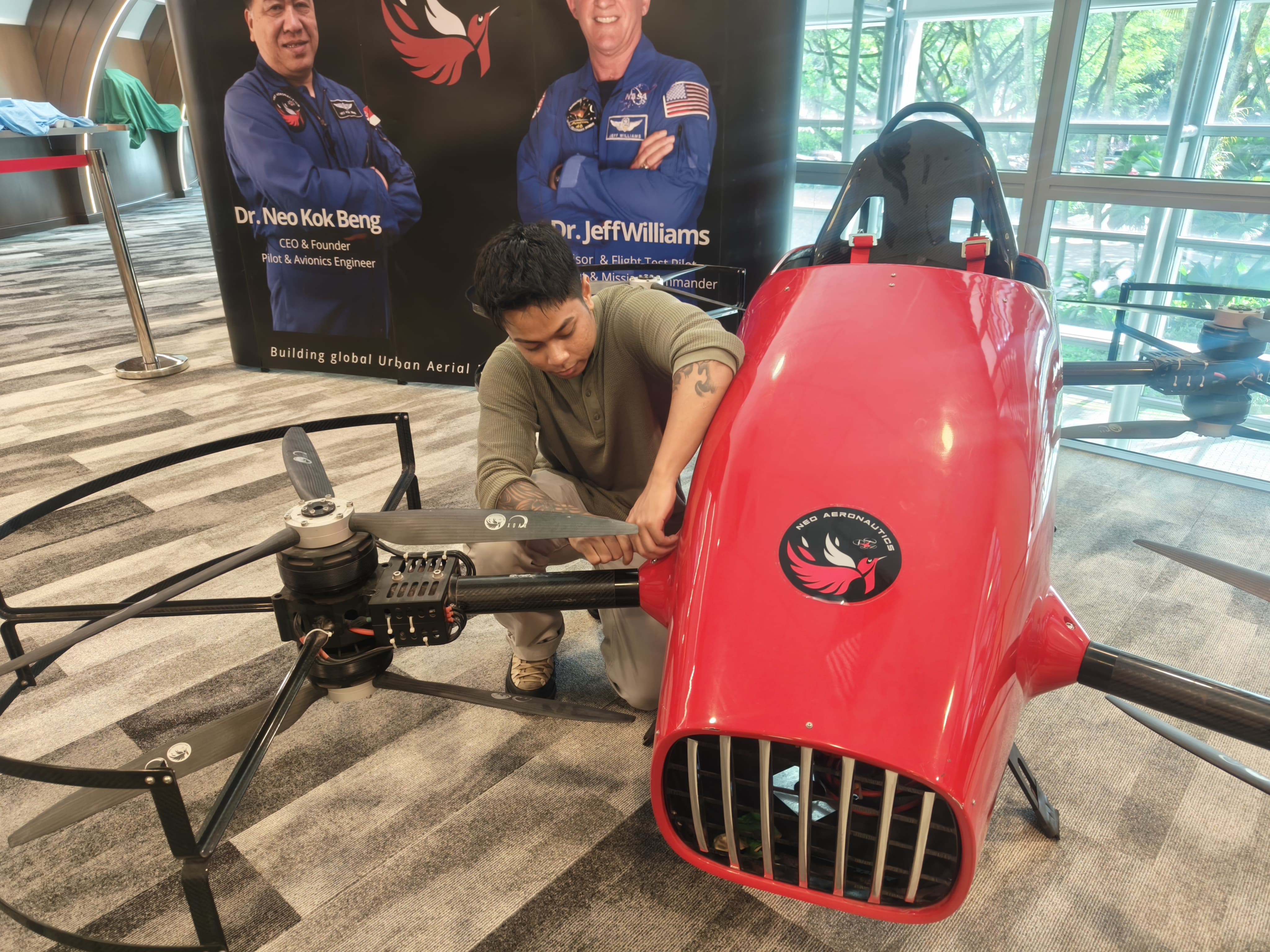
Na’imullah with the Crimson S8 prototype V2. (Photo: NEO Aeronautics).
Even before his IWSP officially began in May 2025, he was brought on to work part-time by NEO Aeronautics in March, thanks to his operational experience from National Service with the Singapore Civil Defence Force. As a section commander at SCDF, he had hands-on knowledge of running ground equipment and conducting safety checks on unmanned systems.
“Seeing how unmanned systems can support rescue missions inspired me to pursue Aerospace Engineering at SIT,” he shared. “I wanted to design systems that could protect and save lives.”
Associate Professor Victor Wang, SIT’s Programme Leader for the Aerospace Engineering and Aircraft Systems Engineering degree programmes, shared how the “fast and ever-changing” work at NEO Aeronautics benefits SIT students. “This is real engineering work. Our students don’t just observe; they get their hands dirty. It is through such complex engineering work that students gain authentic learning experiences.”
For Na’imullah, it’s been an opportunity to learn technical skills, build discipline and expand his network in a dynamic work environment. “I’m doing different stuff every day. I can be in the office doing my research one day, and the next day I can be in the warehouse working hands-on with the drone,” he said.
A Launchpad for the Future
It helps that he has mentors on the job. Six SIT alumni have worked at the company since it started in 2018. One of them is Damian Cheng, 33, an Aircraft Systems Engineering graduate from the Class of 2018, who joined the company as one of its first employees.
He observed that his juniors, like Na’imullah, have displayed the attitude required in a start-up environment. “No matter what curveball we throw, they are willing to go out of their comfort zone to execute the task.”
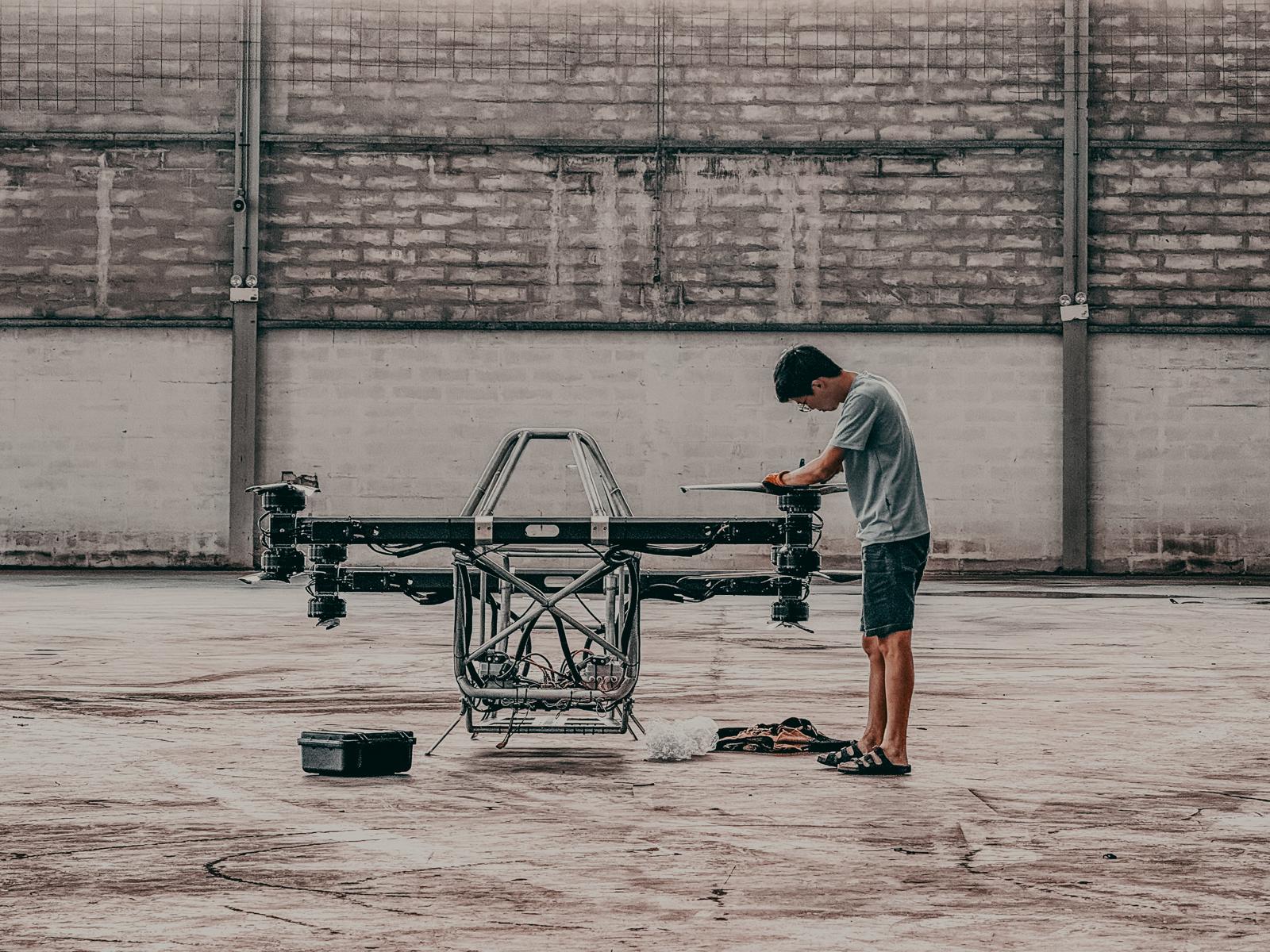
Damian with the latest version of the Crimson S8. (Photo: NEO Aeronautics)
For Damian, mentoring is also a way to give back. Describing SIT as a “small family where everyone is quite close”, he said, “The professors are willing to spend extra time to help us. The dynamic of the entire cohort is also quite ‘tight’.” This spirit of mutual support inspired him to guide his juniors in their final-year projects. Damian is one of the bridges in a longstanding partnership between NEO Aeronautics and SIT. The two partners have been collaborating since 2020, and formalised their collaboration with a Memorandum of Understanding (MoU) in 2024.
The partnership aims to drive innovation in aerial mobility by combining NEO Aeronautics’ expertise in eVTOL vehicles with SIT’s strengths in applied learning and research. This will nurture a new generation of engineering talent for the skies.
Dr Neo Kok Beng, founder and Chief Executive Officer of NEO Aeronautics, sees SIT as an essential partner in this next lap. “SIT students are very practice-oriented and independent. The most important thing is that they are hands-on and resourceful,” he said.
He noted that SIT’s curriculum, which covers areas like heavy-payload, long-endurance drones and complex engineering systems, is a “natural fit” for his industry. Both parties will deepen their partnership through joint research at SIT’s upcoming Aerial Innovations and Mobility Systems (AiMS) Lab to tackle real-world engineering challenges with applied solutions.
A/Prof Wang envisions the AiMS lab as the go-to hub for advanced aerial mobility systems in Singapore and a “safe space for engineering work, where students can tinker, build, fail, and try again until they succeed”. It is this spirit of endeavour that SIT students, with partners like NEO Aeronautics, will take into the next chapter of flight.

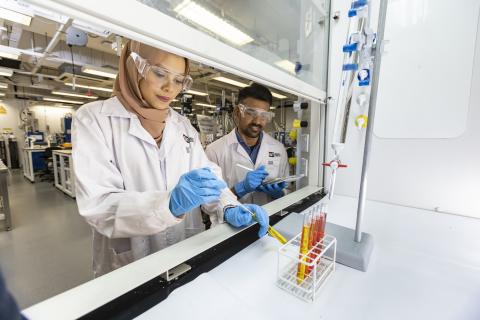
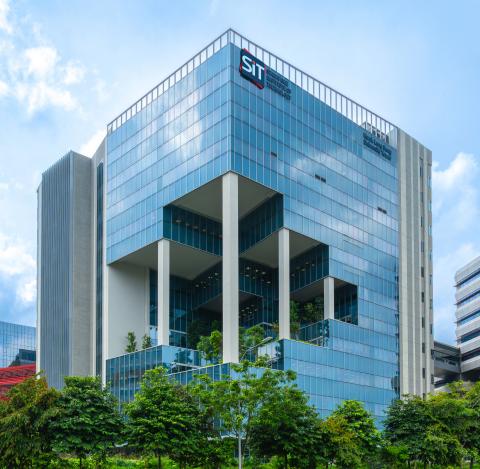
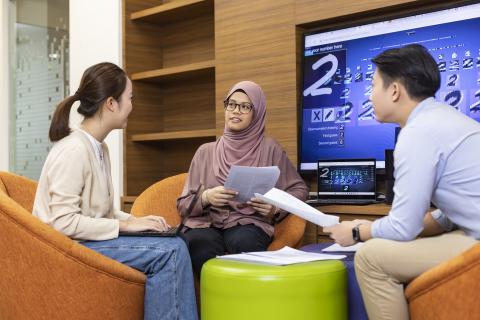


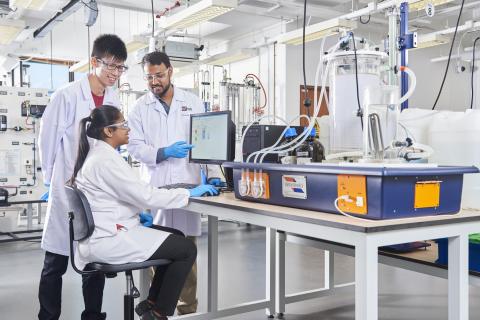
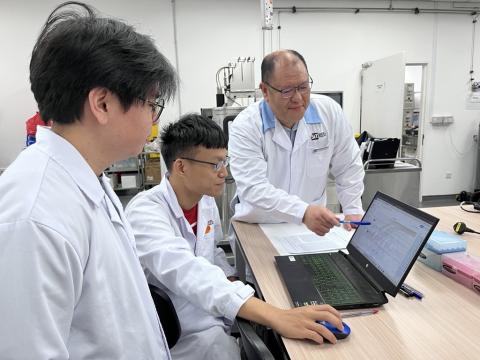


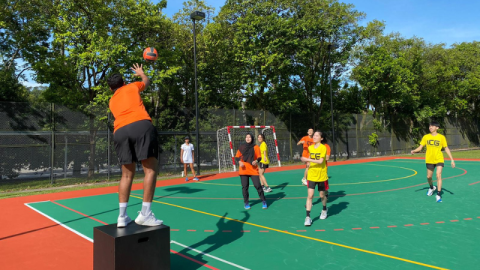
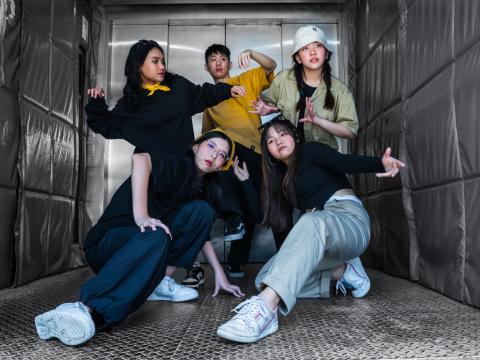



![[FA] SIT One SITizen Alumni Initiative_Web banner_1244px x 688px.jpg](/sites/default/files/2024-12/%5BFA%5D%20%20SIT%20One%20SITizen%20Alumni%20Initiative_Web%20banner_1244px%20x%20688px.jpg)

